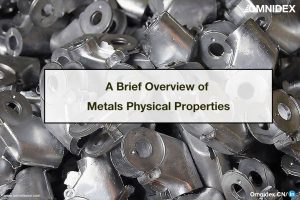

There are many ways to distinguish materials based on their physical properties. Metallurgy studies often look at physical properties as a broader category than mechanical properties. However, not all properties overlap.
Using testing methods, physical properties can be distinguished from mechanical properties. In contrast to measuring mechanical properties, measuring physical properties does not require applying force to the material.
However, physical properties do change depending on the environment. As an example, due to thermal expansion and contraction principles, metals generally have a higher density at lower temperatures. A number of environmental factors influence color and appearance, both of which are physical properties.
Check out our blog post here to learn more about metal’s mechanical properties.
In this series of Omnidex Blog posts, the word alloy appears frequently. An alloy is a uniform mixture created from a combination of individual elements, particularly when one of the elements is a metal. Examples include:
It is common for materials to experience corrosion in a number of different ways. Corrosion occurs as a result of a chemical reaction, often related to the atmosphere or service conditions, which reduces the material to a more stable state. Among the most commonly known forms of corrosion is rust, which occurs on unprotected ferrous metals.
The ability of a material to resist corrosion is defined as its ability to resist a reaction toward a more stable state.
Aluminum, silicon, titanium, and their alloys are naturally corrosion resistant due to the formation of an unreactive layer on their surfaces.
Stainless steel is a common alloy for corrosion resistant applications. When exposed to environments that normally cause corrosion, including wet, acidic, or high temperatures, stainless steel alloys are able to resist surface corrosion, unlike carbon steel.
According to the story of the golden crown, density was used to determine gold’s authenticity, since its mass (M) divided by its volume (V) is the formula for determining density. With an average density of 1,206 pounds per cubic foot, gold is a great candidate for testing density because it is a much denser material than other metals.
A typical steel alloy weighs around 494 pounds/ cubic foot, while stainless steel weighs just under. Titanium weighs about half as much as steel and aluminum weigh one-third as much. In practice, this means that an aluminum part will weigh approximately three times less than a steel part.
Steel, however, has other advantages like hardness and strength, which makes comparatively smaller volumes or thinner thicknesses of steel perform as well or better. Several alloys of carbon and stainless steel alloys are used by Omnidex to manufacture complex, thin-walled castings. Each alloy affects how each casting is designed, produced, and finished.
An alloy’s melting point is the temperature at which it changes from solid to liquid at atmospheric pressure. The melting point can play a major role in determining if an alloy will be suitable for a particular application. Depending on the elements of the alloy’s chemical makeup, different alloys have different melting points. A tin or aluminum alloy, for example, will melt at a much lower temperature than an iron or nickel alloy.
Melting point is a critical consideration for metal manufacturers. Due to the non-metal molds’ requirement to withstand the higher temperatures required to melt steel, many casting facilities use sand casting methods like airset or shell mold casting. In contrast, aluminum has a much lower melting point than steel, which means it can be cast using reusable steel molds.
When choosing the right alloy, heat capacity, thermal conductivity, and thermal expansion must all be considered.
In order to define magnetic properties, we must identify which materials are diamagnetic, paramagnetic, ferromagnetic, antiferromagnetic, or ferrimagnetic when an external magnetic field is applied.
Due to iron’s magnetic properties, ferrous metals, such as steel (which contains iron), have degrees of magnetism, specifically ferromagnetism.
The above properties do not represent all the properties that should be considered when selecting a metalcasting or CNC machining material. Metallurgy experts at Omnidex have the extensive expertise required to assess a product’s needs and suggest the best alloy for the job based on customer input.
In addition, we employ a thorough APQP process for all new projects, allowing us to dial in exact parameters that lead to the best casting quality throughout the manufacturing process.
With 19+ years of experience, Omnidex Electronics continues to strive to be a world-class Industrial Manufacturing and Engineering provider.
As a British-owned manufacturing facility in China and Vietnam, offering end-to-end solutions to our OEM customers in the areas of automotive, medical & healthcare, marine, aerospace electronics and more.
Whether you are an emerging start-up company or a blue-chip corporation, we are keen on providing the most adequate solution for your next project. Contact Us to discuss more details or learn more about our other manufacturing processes and services.
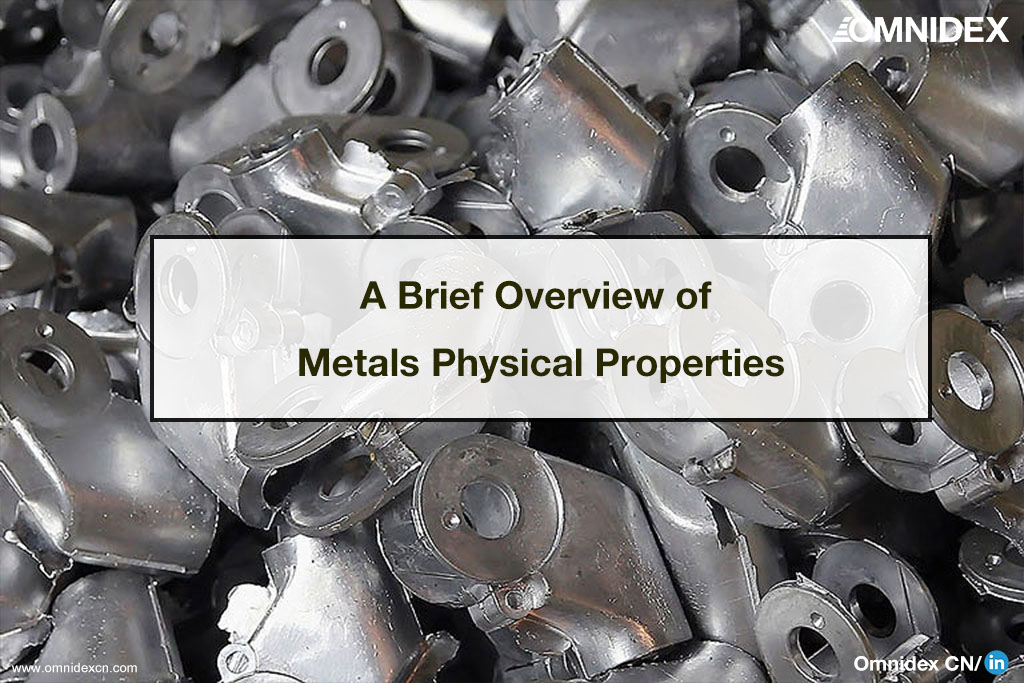
There are many ways to distinguish materials based on their physical properties. Metallurgy studies often look at physical properties as a broader category than mechanical properties. However, not all properties overlap. Using testing methods, physical properties can be distinguished from mechanical properties. In contrast to measuring mechanical properties, measuring physical properties does not require applying force to the material.
Steel is comparatively inexpensive compared to many other metals, which makes it an ideal metal for many projects. Cookware and cutlery, surgical instruments, industrial equipment, and outdoor site furnishings are often made from stainless steel, which has a bright finish and is non-reactive.
The properties and advantages of stainless steel and steel are different, and it is important to understand the differences in aesthetics, properties, and costs before choosing one alloy over the other.
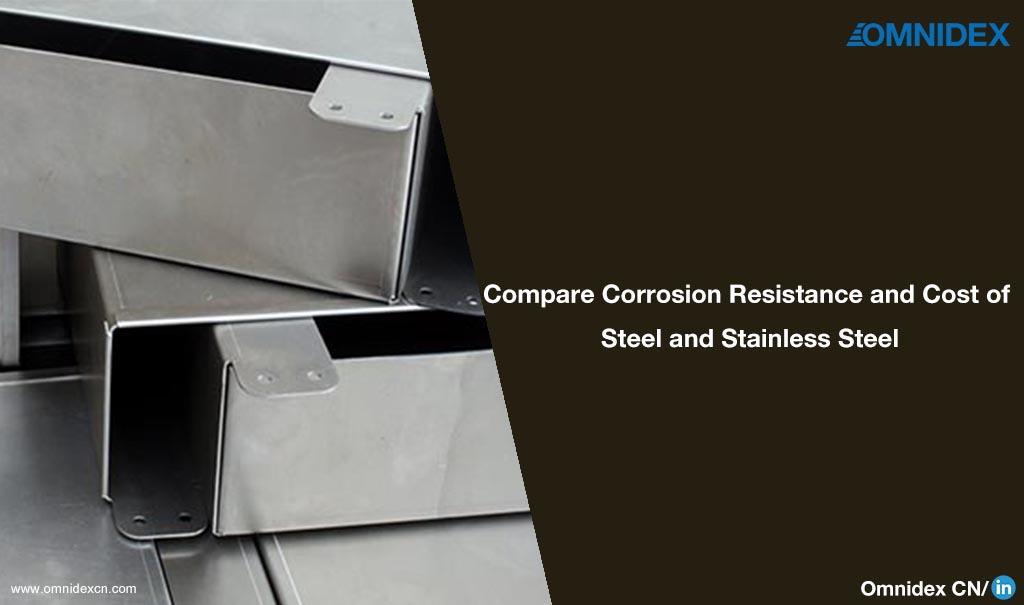
Stainless steel and steel are both reliable metals, used in a wide range of applications, from large to tiny components. Which is the better option? Basically, it all depends !
Steel is comparatively inexpensive compared to many other metals, which makes it an ideal metal for many projects. Cookware and cutlery, surgical instruments, industrial equipment, and outdoor site furnishings are often made from stainless steel, which has a bright finish and is non-reactive.
The properties and advantages of stainless steel and steel are different, and it is important to understand the differences in aesthetics, properties, and costs before choosing one alloy over the other.
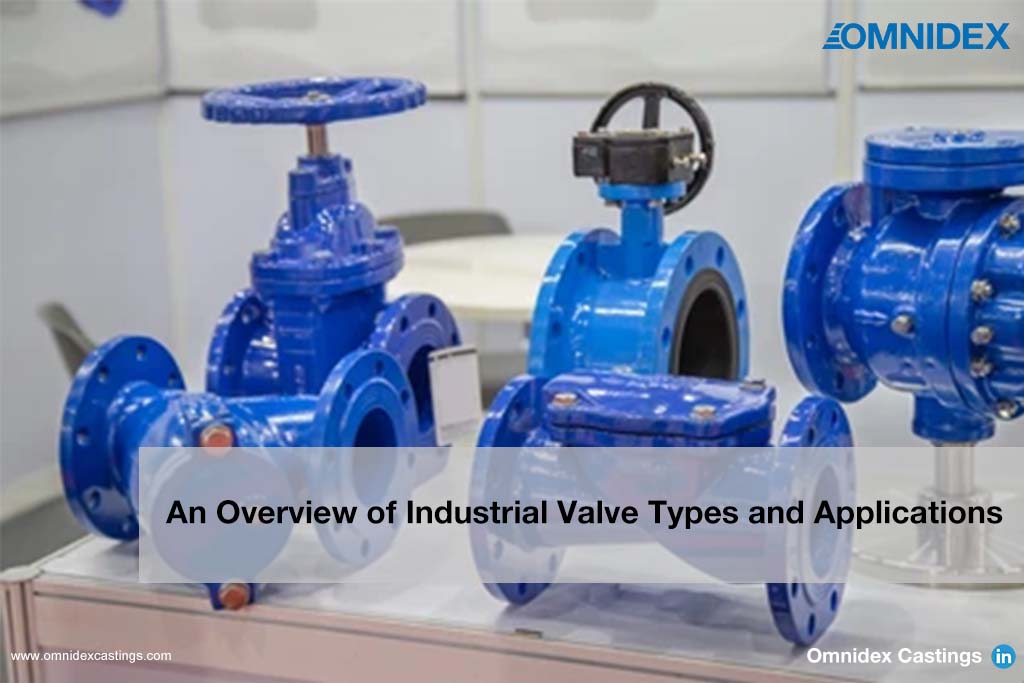
A valve is used in almost every situation that involves the flow of liquid or gas. You control the flow of water through your kitchen sink with a valve. A gas stove brings propane gas into its burners through a different valve. Outside the home, industrial valves are designed to withstand high pressures, either from fluids or gases, and to last for years in harsh conditions. Almost every utility, whether water, oil or gas, could not operate without heavy-duty, industrial-strength valves.
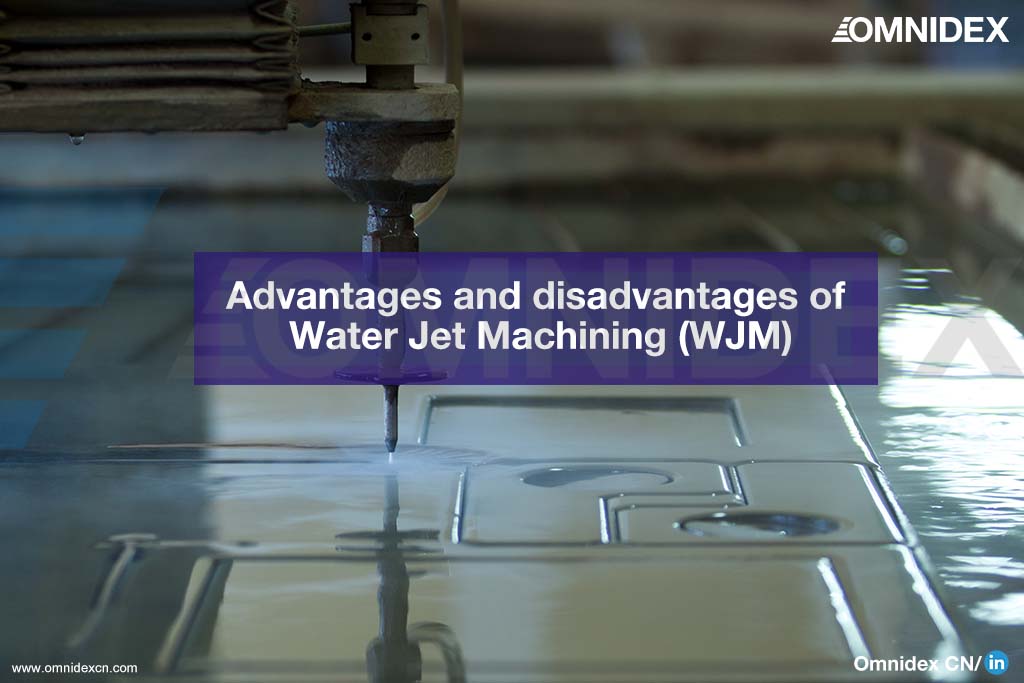
The Water Jet Machining (WJM) process is an advanced, non-conventional machining process wherein a water jet is fired at the workpiece. The jet erodes the material of the workpiece and causes it to become shaped, i.e. jetting is a machining process that utilizes a water jet to remove material from a workpiece…
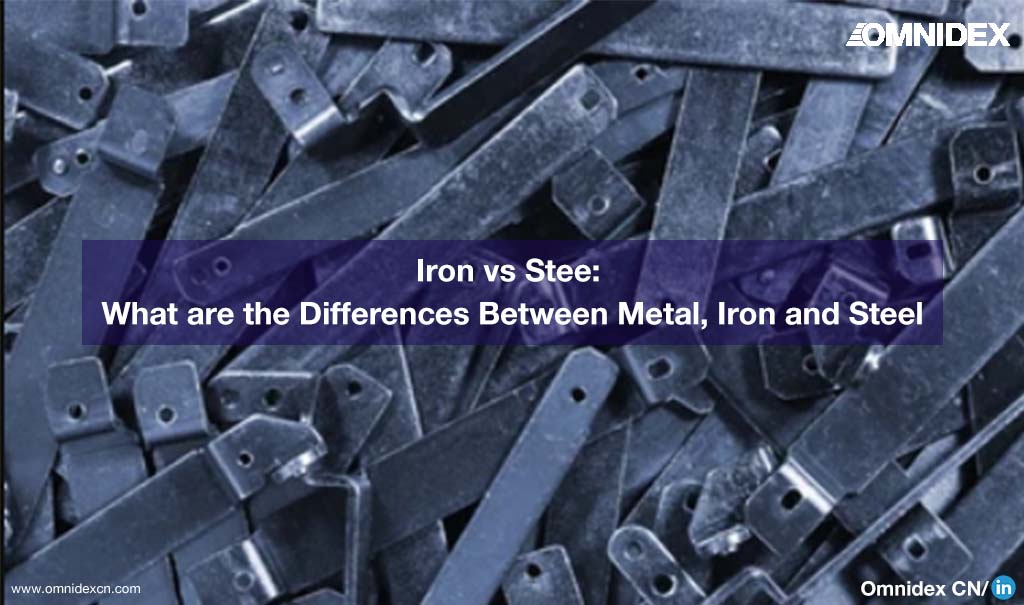
Today, we can’t imagine a world without metal structures, which are used in everything from the car industry to construction. Despite the fact that concepts like iron, steel, and metal are used every day, many still wonder if there is any difference between them. Iron, metal, and steel are all commonly used as synonyms, and this is one of the most common mistakes made every day…
Contact our Customer Service and let us know how we can help to catapult your next project to success.
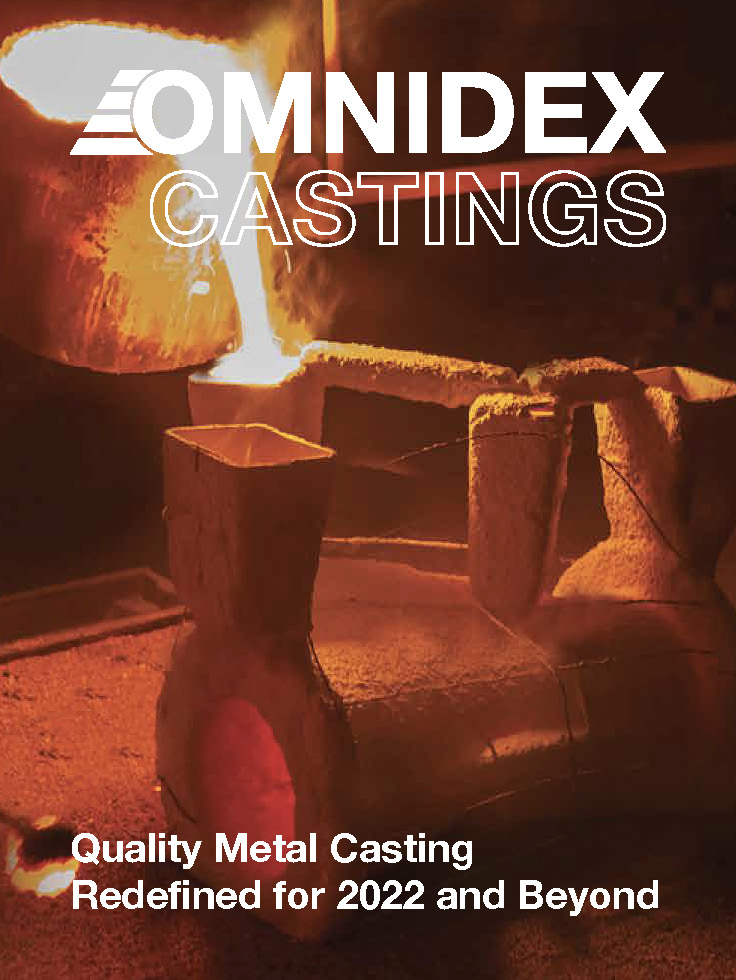
If you are looking for metal casting services, our brochure is a great way to discover what Omnidex has to offer. You can download HERE or EXPLORE HERE to learn more or .


If you are looking for metal casting services, our brochure is a great way to discover what Omnidex has to offer. You can download HERE to learn more.

Copyright © 2024 Omnidex. All rights reserved.